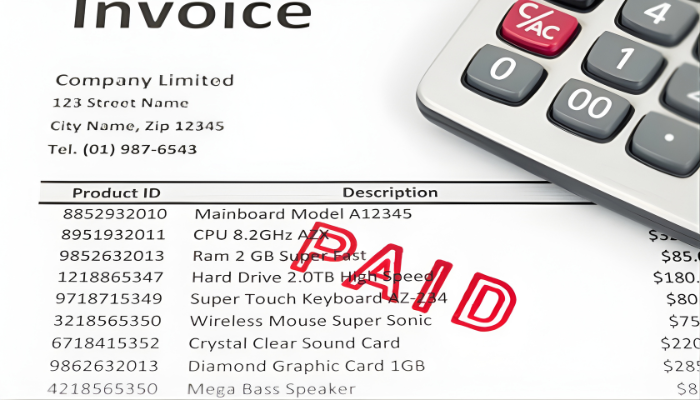
All businesses start with an idea. The only thing that separates you from your dream company launch is capital—and lots of it. Thanks to the proliferation of technology into the modern business plan, enterprising entrepreneurs are turning to a new source of funds to drive their businesses: crowdfunding.
Crowdfunding: A Primer
In short, crowdfunding is the act by which business owners elicit donations online in small increments: $10, $20, $50, etc. With possibly thousands of donors, the numbers are big enough to potentially get your company off of the ground. Think of it as the social media version of fundraising.
There are several types of crowdfunding, but the most common are those like Kickstarter and Indiegogo, which operate on the idea that people make a donation in exchange for some sort of reward. Depending on the size of the donation, the reward may be a free product or even creative input.
Other types of crowdfunding rely on the idea of loan and royalty financing. The LendingClub, for example, is a service that allows members to borrow and invest directly in one another. The philosophy behind this type of loan program is that by cutting out the middleman (typically banking institutions), borrowers can avoid fees and high interest rates.
Royalty-based programs are less common, but they operate on the notion that business owners can team up with online investors, who in turn are guaranteed a percentage of royalties or sales from their profits. Even rarer but perhaps the most coveted source of crowdfunding: a “mini IPO,” in which business owners can sell shares as a way to raise funds. This is relatively new, uncharted territory. The SEC is still laying out the ground rules.
The Benefits of Crowdfunding
Enterprising business people are increasingly turning to crowdfunding as a means to fund their company goals, and crowdfunding does have its benefits:
- Quick startup capital. Before rolling out a new product or service, entrepreneurs can take to the masses to elicit donations. Social media makes it possible to pitch your product to a wide range of people, all at once. If they like your idea enough, you’ll raise capital fairly quickly.
- When donors contribute to your cause, they get ownership in your product or service, whether that’s an actual share of your royalties or a perceived sense of “getting in on the ground floor.”
The Fine Print
If crowdfunding seemed like the perfect solution to your financial woes, think again. Like every source of capital, it has its fine print. Far from a panacea, crowdfunding services have distinct disadvantages:
- Potential failure. Certain sites like Kickstarter only provide you with the funds if you meet your fundraising goal. If people don’t believe in your product or service, you’re back at square one, and all of the time and energy you put into raising funds was a waste.
- Not asking for enough. Even if you manage to secure your goal raising funds, you may be wildly off the mark. If you don’t have the right amount of cash flow, you can’t launch your product or service. Off the bat, you’ve turned people away from your brand because you can’t deliver what you promised.
- Lack of advice. Angel investors are more than shadowy pockets in your background; they also offer entrepreneurial advice. Without them, you risk making a rookie mistake.
The Bottom Line
Crowdfunding has its place, but if you’re seeking larger amounts of capital to launch a new product, look to more conventional forms of funding. Options like accounts receivable funding allow flexibility like crowdfunding but without the potential for disappointing your customers when the money doesn’t come through. Weigh your options carefully before turning to crowdsourcing to fund your business ventures.
















